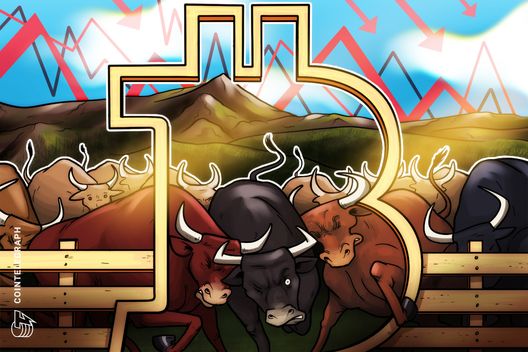Arthur Hayes, co-founder of BitMEX, has issued a forecast that the demand for stablecoins could rise sharply, influenced by Circle’s recent move to go public. Hayes believes that this significant development could signal the beginning of a new bubble within the sector, potentially encouraging other companies to explore similar opportunities on the stock market.
What Risks Does Growing Demand Pose?
Hayes cautions that the excitement around Circle’s public debut might spark an unsustainable surge in interest for stablecoin ventures. This increased demand could invite newcomers claiming to offer lucrative returns, posing significant risks due to practices like financial engineering and excessive leverage.
“The bubble in stablecoin issuers bursts after taking their projects public. Some may convince investors with dramatic growth promises using financial engineering, leverage, and grandiose presentations.”
The prospect of major losses looms if these companies lack transparency when raising capital through public offerings. The abrupt failure of the Terra/Luna project previously wiped out $40 billion, serving as a somber reminder of these risks.
How Might Regulation Impact the Future?
Hayes identified U.S. regulatory policies as a crucial factor shaping the path of stablecoin projects. He expressed concerns that lax regulations might introduce hazardous products into the market.
“If more freedom is granted regarding what’s behind stablecoins and offering returns to investors, speculative and non-transparent models might recur.”
Hayes recommends caution regarding projects that attract investors with alluring promises of high profits. He pointed out Terra/Luna as an example of how lax oversight and careless financial practices can lead to colossal industry setbacks.
The Vital Role of Distribution in Stablecoin Success
Pleas for careful scrutiny are extended to stablecoin projects’ distribution methods, which Hayes suggests are crucial for gaining widespread acceptance. The involvement of major crypto exchanges, social media giants, or established banking institutions is essential for reaching a broad audience.
“When evaluating a project, check if they have distribution channels. If they lack this access, their success chance is non-existent, and it should be avoided.”
Investors are urged to steer clear of projects without a clear strategy for reaching users, as insufficient distribution networks remain a critical threat.
Hayes’s insights illuminate the vulnerabilities emerging with new market trends following Circle’s IPO. The volatile mix of unclear regulations and soaring yield expectations could disrupt markets. Close attention to the integrity of distribution channels, coupled with lessons from past mistakes, will be invaluable in navigating the evolving landscape. Historical precedents such as Terra/Luna’s downfall underscore the importance of diligent assessment for these financial instruments.
Disclaimer: The information contained in this article does not constitute investment advice. Investors should be aware that cryptocurrencies carry high volatility and therefore risk, and should conduct their own research.
















 English (US)
English (US)